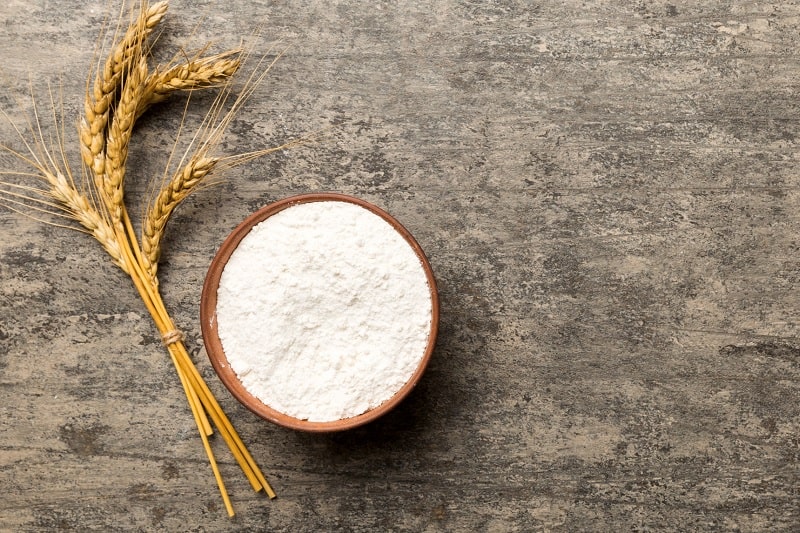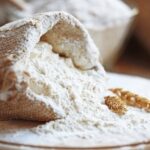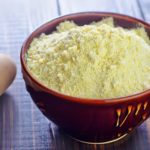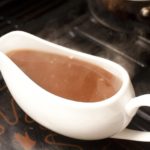When cooking or baking, it’s not unusual to use a recipe that originates from a different country. In most cases, this isn’t a problem, but there are times when you will come across an ingredient that either doesn’t exist in the UK or has a different name.
Some common examples include “eggplant vs aubergine” or “cilantro vs coriander” when using American recipes.
In traditional Indian recipes, one such ingredient is maida flour.
If you have ever encountered this in a recipe, you’ll know you won’t find it by this name on the shelf in your local supermarket.
So, what is maida flour called in English? Can you buy it in the UK? Or will you have to use a substitute?
All these questions and more are answered below in our handy guide!
What Is Maida Flour?
Maida flour is a common ingredient in India that is used in baking. It is typically found in recipes for traditional flatbreads, such as naan, roti or paratha, but it is also helpful in making delicate cakes, biscuits, and pastries.
The term “maida” means “refined wheat flour” in Hindi. This makes sense, as maida flour is known for being fine-grained.
However, it is also sometimes translated as “all-purpose flour” or, as we call it in England, “plain flour”. This is because of the flour’s plain flavour and versatility in the kitchen.
Although they share a name, there are a few differences between the maida flour used in India and the plain flour we can purchase from our local supermarkets. For an in-depth comparison, read on.
Maida Flour vs. Plain Flour
Maida flour and plain flour are both produced from wheat that has been milled to remove a large proportion of the bran and germ.
This means they are mostly made of the starchy inner part of the wheat (the endosperm) and tend to contain less protein than other varieties of flour (e.g., bread flour). The removal of bran and germ also improves its shelf life.
Maida flour is then bleached. The main reason behind this process is that it improves the look of the final product. Maida flour is slightly yellow in colour, and bleaching it makes it a brighter white.
In comparison, plain flour does not undergo bleaching. This is because UK food regulations do not allow the use of bleaching agents in the preparation of any flour or bread.
As a result, plain flour has a slightly more yellowy tinge than maida flour. Also, bleaching flour causes it to be more fine-grained, so the texture of plain flour is coarser than that of maida flour.
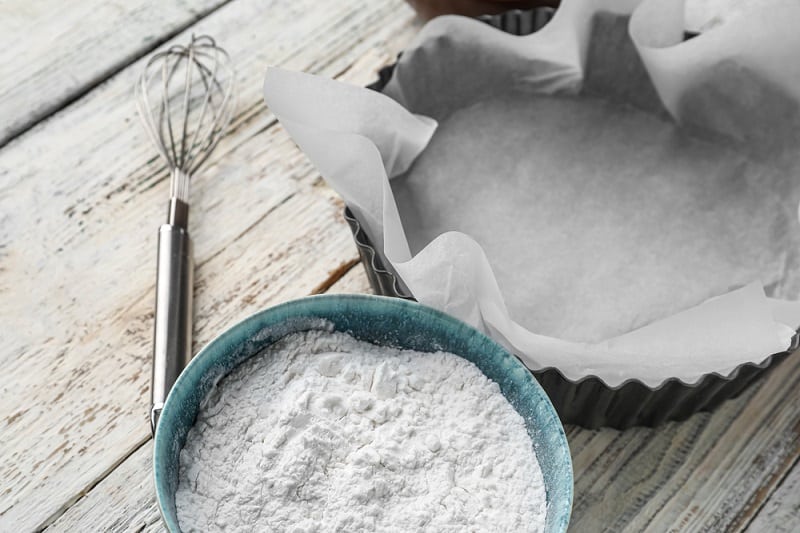
Can I Substitute Maida Flour for Plain Flour?
Despite the slight differences in colour and texture, maida flour and plain flour can typically be used interchangeably whenever you’re baking Indian recipes. You may notice a slight change in taste or consistency, but this will be imperceptible most of the time.
Madia can also be used in place of all-purpose flour in UK baking recipes. It is actually a far better substitute than other flour types when baking cakes, as it is finely milled and has less protein, as discussed above.
Using maida flour results in cakes with a deliciously light and fluffy texture, but don’t forget to add baking power so that you get a nice rise!

Hannah is a freelance content writer and self-proclaimed foodie. When Hannah isn’t sitting tapping at her laptop, you’ll probably find her in the kitchen. As an ex-chalet host, she’s used to cooking four-course meals for 10+ people and loves feeding friends and family whenever possible.

